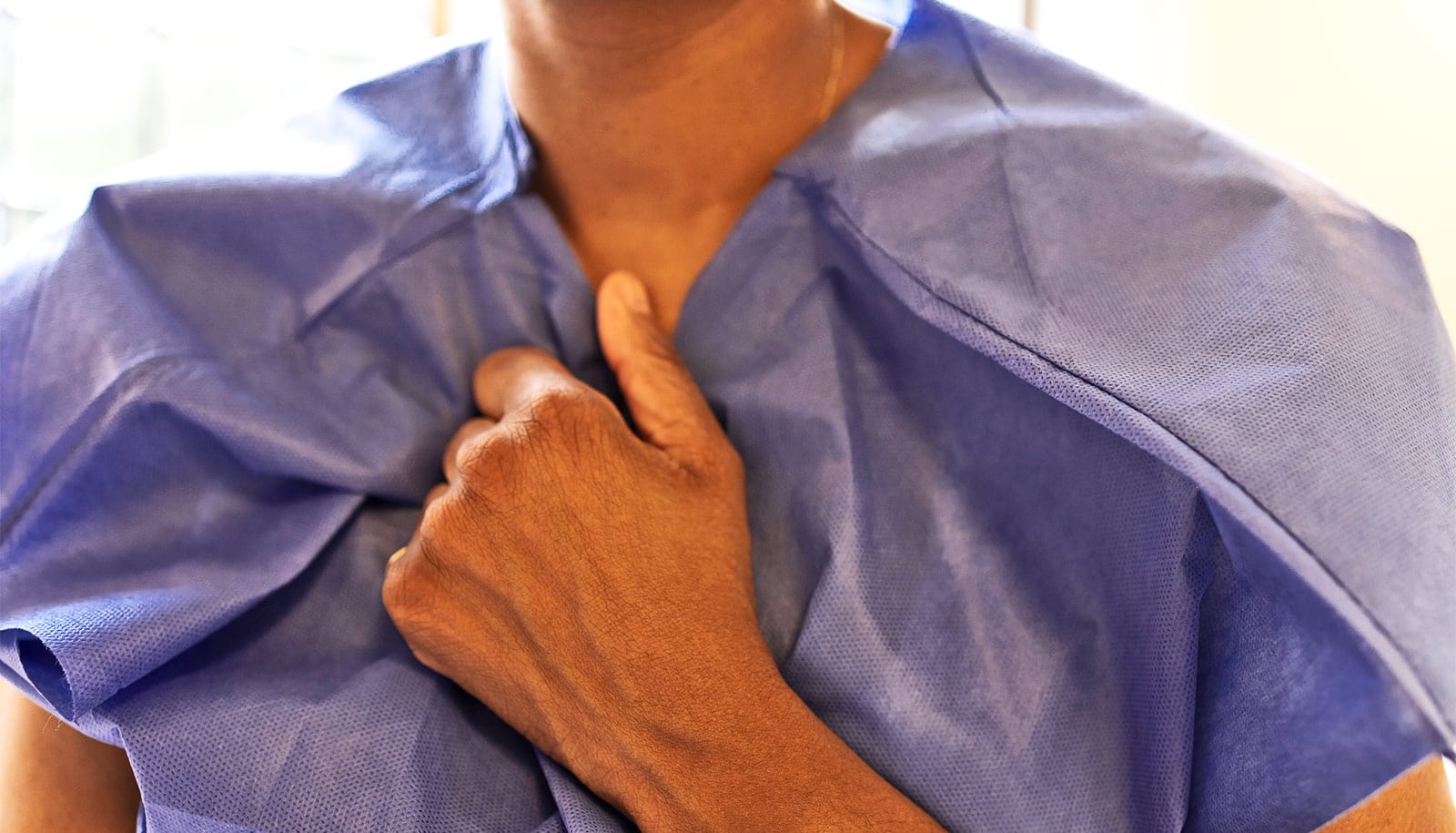Using a combination of computer simulations and experimental studies, a team of researchers is uncovering vital clues into how breast cancer cells invade breast tissue.
In traditional mouse models that are used to study breast cancer invasion, researchers take thin slices of a tumor induced in a mouse and examine them under a microscope. This procedure provides valuable information about breast cancer invasion, says Corey O’Hern, senior author of the study, but it is limited in many ways.
“The problem with current mouse model studies is that histological studies only give thin slices of a tumor at a single time point,” says O’Hern, professor of mechanical engineering and materials science, physics, and applied physics at Yale University. “They do not allow researchers to track the space-time evolution of cancer cell invasion.”
To that end, the research team developed a new computational model for breast cancer invasion.
“With these newly developed computational models, we can now determine how cancer cells invade into breast tissue in three dimensions as a function of time. For example, we can predict how fast the cancer cells need to move a given distance through dense breast tissue.”
In addition to the computational models, the team is also developing in vitro experiments—model systems composed of micron-sized beads mixed with collagen fibers that replicate many features of breast cancer in animal models and allow the computer simulations to be validated. O’Hern led the computer simulations, while the in vitro experiments were conducted by Professor Claudia Fischbach of Cornell University.
In particular, the researchers focused on breast tumors that originate in the epithelial lining of the milk ducts. Healthy epithelial cells stay together and form the lining of the milk ducts. But when they become cancerous, they become mobile, separate from each other, and move out of the milk ducts into the surrounding adipose tissue, which is made up of fat cells. The number of cancer cells that progress into the adipose tissue determines the likelihood that they will invade blood vessels and form secondary tumors.
“We are interested in understanding this process because when cancer cells invade the adipose tissue, the more likely they are to metastasize and form secondary tumors that are rarely curable,” he says.
“If the cancer cells were localized to the milk ducts, breast cancer would be much easier to treat.”
Besides the stickiness of the cancer cells, additional variables that the researchers are looking at include the stiffness of the fat cells since less deformable cells make it more difficult for cancer cells to invade the adipose tissue. Another factor is the size of the gaps between the fat cells, and the extent to which the extracellular matrix (ECM) within these gaps is aligned to enable efficient cancer cell migration.
“Do the cancer cells move ballistically or diffusively? Can they move fast enough to deform the adipocytes? If we understand these questions, we can understand the physical mechanism by which cancer cells move through very dense adipose tissue.”
In the absence of “tiny cameras” that can observe breast cancer invasion in real time, O’Hern says, the two-pronged approach of computer simulations and in vitro experiments may be the best approach. With this approach, he says, they were able to prove that the activity and stickiness of the cancer cells, the stiffness of the fat cells, and confinement of the ECM control the transition between no-invasion and invasion of cancer cells into adipose tissue.
Funding for the study, which appears in APL Bioengineering, came from the National Institutes of Health.
Source: Yale



